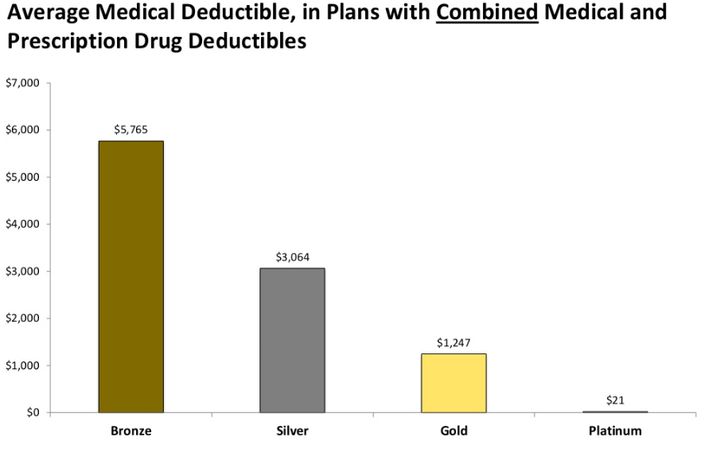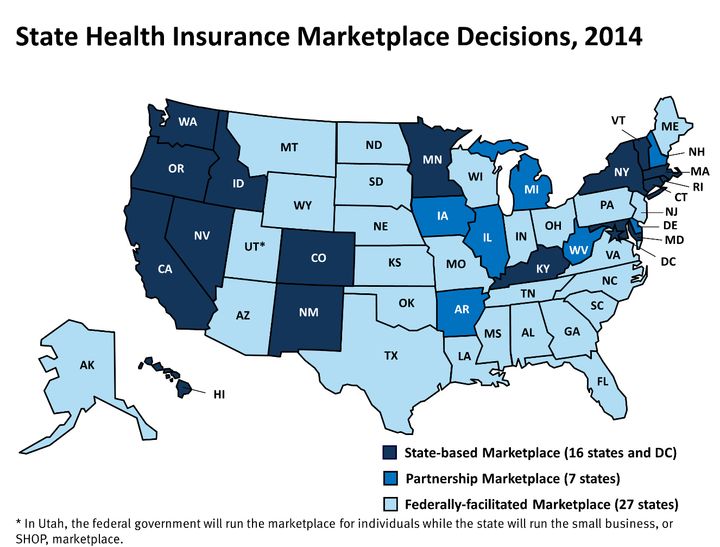By Michael Kahnowitz
Buying health insurance during the open-enrollment period is like going to the supermarket once a year. With a single grocery list of medical needs, shoppers compare products to predict what they will need for the coming year. It’s like looking at fruits and vegetables and trying to determine whether an apple or a tomato is better for you and how many you will eat over the course of a year. Sure, you could buy both, but then again, you don’t really know how much you will need or want. You might overbuy and let some go to waste or not have enough to last the year.

So too with health insurance: individuals can feel helpless navigating the marketplace, trying to determine the right amount of coverage for the right price. When open enrollment began on Nov. 1 and individuals started to consider what insurance policy they might need for the coming year, consumers may be pleasantly surprised to find new “healthy” options available. In an effort to lower individual out-of-pocket spending for services and medications, the federal marketplace, healthcare.gov, will offer “Simple Choice” plans, in which insurers offer standardized health plans that cover basic services exempt from the deductible.
Deductibles are the amount that an insured person must pay before the insurance company will pay for a claim. Avalere, a D.C.-based consulting firm, reported last year that these standardized plans could increase coverage while lowering out-of-pocket spending. Considering that many people across the country are struggling to pay their annual deductibles, simple choice plans might prove helpful for many people.
The average deductible for “silver” plans, the most popular type of insurance sold on the market, averaged about $3,000 in 2015. However, for other types of plans, deductibles can reach above $5,000. These high cost thresholds force many to delay or forgo medical treatment. Consequently, patient ailments can worsen and lead to more complicated illnesses that potentially require expensive and invasive procedures, ultimately driving medical spending for the patient and for the state.

Source: Kaiser Family Foundation analysis of Marketplace plans in the 38 states with Federally Facilitated or Partnership exchanges in 2016 (including Hawaii, New Mexico, Oregon and Nevada). Data are from healthcare.gov health plan information for individuals and families available here.
These new plan options, however, will offer uniform core benefits and simpler cost requirements. For example, a simple choice silver plan will have an annual deductible of $3,500 and a maximum out-of-pocket spending limit of $7,100 (deductible included). But for many specific services, consumers will not have to satisfy the deductible but rather just a co-payment. These include $30 for a primary care visit, $65 for a specialist visit, $75 for urgent care, and $15 for generic drugs.
With these provisions held constant, consumers will be able to make “apples-to-apples” comparisons for premiums, provider networks, and additional services. The Department of Health and Human Services is providing guidelines for a simple choice plan at each tier – bronze, silver, and gold – with three additional silver options for people who qualify for cost-sharing reductions.
One of the major staples of Obamacare is the potential for people to participate in cost-savings plans. Silver plans in particular offer additional options to reduce payments and can be combined with a health savings account. In 2015, individuals were permitted to contribute a maximum of $3,350 (or $6,650 for family coverage) to a health savings account, tax-free. As a result, purchasing a slightly higher-tiered plan on the federal market may yield a modest premium and significant financial support. Combined with the simple plan, consumers may be able to enhance their savings.
These types of savings strategies are imperative for the sustainability of the insurance exchanges. But as insurance groups continue to merge and provider cohorts grow, insurers and providers will be in better positions to dictate fee schedules and shift costs to consumers. This pattern is detrimental to the goals of Obamacare and disproportionately affects lower-income people.

Source: State Decisions for Creating Health Insurance Marketplaces, 2014, KFF State Health Facts.
The Affordable Care Act (ACA) was predicated on the idea of expanding consumer access to affordable health coverage. However, if people cannot afford to use their plans after they buy in, then the ACA has failed its primary goal. Hence, cost-reduction initiatives, such as linking a silver plan to a health savings account, are essential for incentivizing consumers to shop on the exchanges and enroll with an insurance group. With California, Connecticut, Massachusetts, New York, Oregon, and Vermont having implemented some version of standardized plans in their state-based exchanges, more than two-thirds of the country will have access to simple plans. While insurers generally dislike federal tinkering within the marketplace, if consumers can go to the store just once a year, then the best solution to bettering the shopping experience might be the simplest one.

Michael Kahnowitz
Michael Kahnowitz is a Master of Public Policy student at the Heller School for Social Policy and Management at Brandeis University concentrating in healthcare policy. He will be graduating in December 2016.